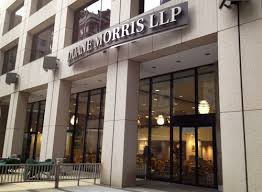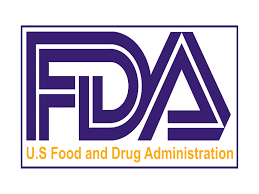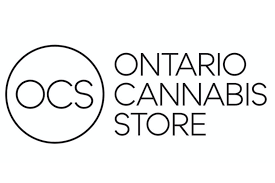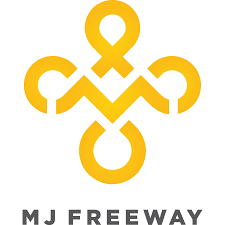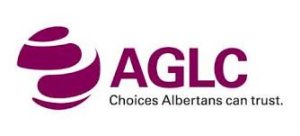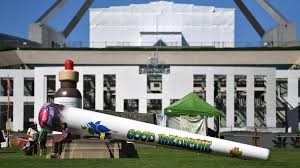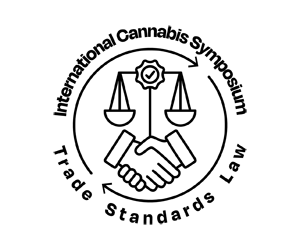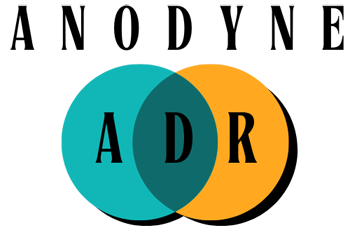Antwerp is not likely to lose its status as the preferred entry point for cocaine smuggled into Europe. But huge seizures at the city’s port are becoming less frequent, possibly because tougher controls have put gangs off sending massive shipments.
Where drugs are concerned, the Port of Antwerp-Bruges has been a victim of its success. Through doubling of its capacity in the past 20 years it has become Europe’s second-largest port and critical to trade across the continent.
This has also made it attractive to drug gangs: over 70% of cocaine enters Europe through the ports of Antwerp and Rotterdam (the Dutch port is the biggest in Europe). Investigators in Antwerp seized a record 121 tonnes of cocaine in 2023.
Security checks have been stepped up, with significant investments in customs technologies and international cooperation. But while Interpol recently noted that both the number of seizures and the volumes of cocaine seized are growing across Europe, the Belgian Customs Authority’s half-year figures paint a more nuanced picture of drug detection in Belgium.
For the first six months of 2024, the number of drug busts in and around the Port of Antwerp-Bruges has remained the same. But the volume of those seizures is falling.
“62 customs seizures accounting for 22,276 kg of cocaine. The trend of recent years continues unabated,” the authority noted. But this is a marked reduction to customs figures for the same period in 2021 (57,000 kg) and 2023 (44,000 kg).

